After a short break we continue our ascend to the lake. A beautiful view of the scenic valley between the cloud-clad Slievenamon and the Comeragh Mountains will follow you all the way up acquiring a map-like look as you climb higher.
In the picture below, you see the south end of the valley, a glimpse of Croughaun Hill on the right, and the Portlaw windmills in the skyline. What a view!
The bump on the top of this steep hill is The Ass’s Tail. The Ass’s Ears (and the lake) are located right behind. Instead of struggling our way up, we will wisely follow the waymarks round the hill choosing the dry grass patches between the rocks and the sheep tracks to guide us through the heather.
There are three kinds of heather in the Comeraghs, of which only one is a real heather – Ling or Calluna vulgaris. The other two are Erica – Cross-leaved heath, and the Bell heather in the picture below. Erica have plump magenta-colored flowers.
I have read that heather can live for 30 years.


The Irish weather is not always dry and sunny. Be careful around the tiny streams emerging after the rain. The incline gets steeper here – slow down, stop and take a picture 😉

Nearly there! The last stretch is my favorite.

First you see a pair of pinnacles. That’s right, they are The Ass’s Ears.

Then the lake itself appears, and it is like magic, especially when you see a redhead fairy taking a selfie.

We walk along the lake, taking in the majestic beauty of the rugged cliffs.

We will hike closer to the pinnacles to see the Crotty’s Rock.

First we take a short hike up the steep slope on the right side of the lake to get some views.
When taking this picture, I was the only human being as far as I could see in any direction.

We continue walking along the slope, sometimes with nothing more but narrow sheep tracks to help us through the thick heather.


Sometimes we need to switchback or walk around the rocks.

That’s high! 😊

Higher 😊


Now you can see The Crotty’s Rock on the top of the pinnacle.

Another hike, this time to the left side of the lake. From here we can see the Crotty’s cave. To get there, he had to swim and use a rope to lower himself under the ground level.

The slope is very steep here, and the sheep tracks are narrow and boggy. Do the sheep ever fall off the rocks? Yes, they do.
I found some parts of the sheep skeleton – mandible and a part of the cranium.


More views.



I hope this part of the Comeragh mountains won’t change. People don’t want to drive to this lake. They want to hike there. Those who come to Ireland are not looking for luxuries. They see value in unspoiled natural scenery, a special kind of adventure. My opponents always mention the Mahon Falls, Co Waterford, as an example of successful tourist destination, but it is different, it is a former turf cutting site. Comeragh mountain lakes are precious gems, and any attempt to make them ‘touristy’ takes their value away.

Thank you for being such great walking buddies. Next time we will visit another beautiful lake.
 Have a wonderful week!
Have a wonderful week!



















































































 Have a happy weekend!
Have a happy weekend!
















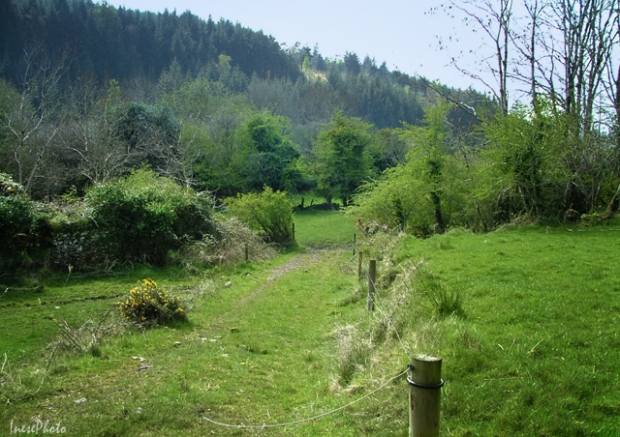







 Have a wonderful January!
Have a wonderful January!

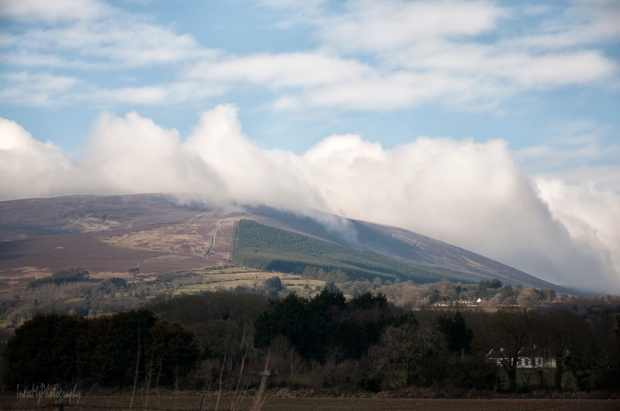


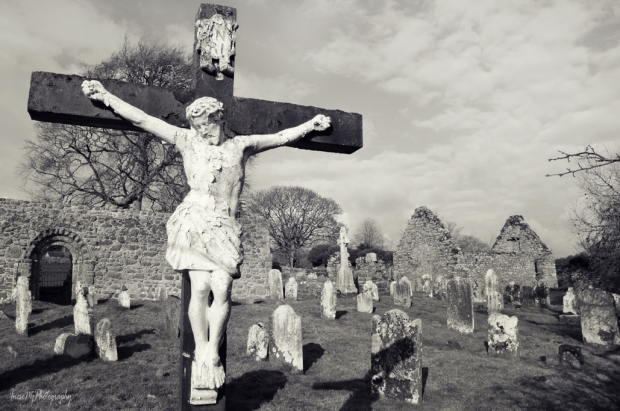







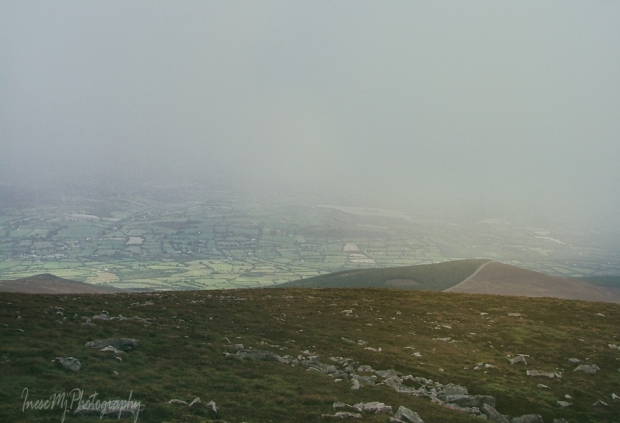
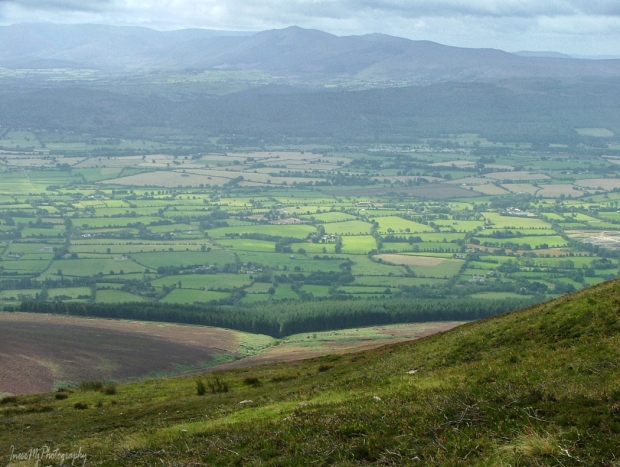

 Have a wonderful weekend!
Have a wonderful weekend!